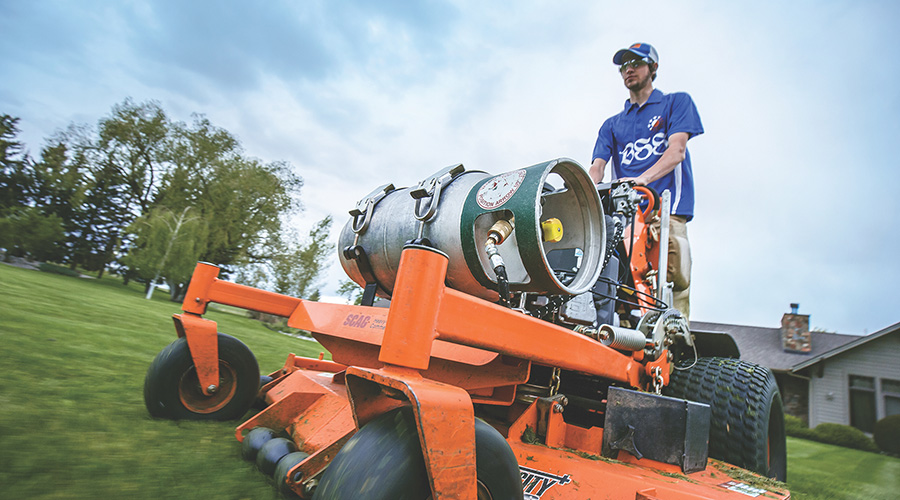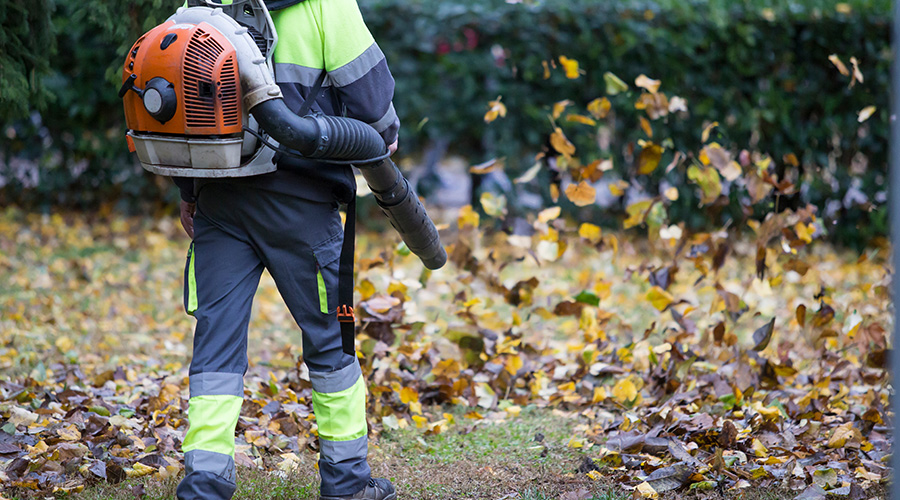Grounds Management: Crews Revamp Park's Landscapes, Hardscapes
Cross Roads Park might be a relatively small part of the University of Pittsburgh Medical Center's enormous campus. But for grounds crews with the center's engineering and maintenance department, the park represents something larger.
The department's grounds operations played a central role in the park's revival after it had fallen into disrepair by committing workers' time and the medical center's resources to refurbishing the site, which is located in the heart of Pittsburgh.
"It was well worth it because they now have a sense of ownership," says Scott McIntyre, the department's grounds foreman. "They had a hand in how it turned out."
Urban Revival
The University of Pittsburgh created the park in the early 1980s when it agreed to maintain a 1-acre lot as a park-like space to assure neighbors the medical center and the university would not expand into the adjacent neighborhood. Crews cleared the undeveloped parcel of land and installed grass, as well as asphalt paths and railroad-tie benches. An existing retaining wall and stairs remained.
Over time, the park's pavement and benches began to deteriorate, and its stairs and retaining wall began to tilt, crack, and fail, making them unsafe. The site also featured no lighting, which contributed to growing safety concerns. The medical center originally had paid a local non-profit group to maintain the park, but its upkeep and maintenance eventually shifted to the medical center's engineering and maintenance department and, specifically, its grounds operations.
To alleviate problems with the site, crews cleared the entire area, including overgrown shrubs and bushes.
Two years ago, the seeds of the new Cross Roads Park took root. Construction of a new boiler plant required the installation of an underground steam feed, which encroached on the park and led to the removal of its old stone steps. Plans had been in the works to replace the steps, but they were deemed insufficient for the site, as well as not safe enough.
Prompted by the steam-feed project, as well as the deteriorated condition of the asphalt paths and rotted benches, the engineering and maintenance department commissioned a landscape architect to develop a plan to overhaul and upgrade the park.
Related Topics:












